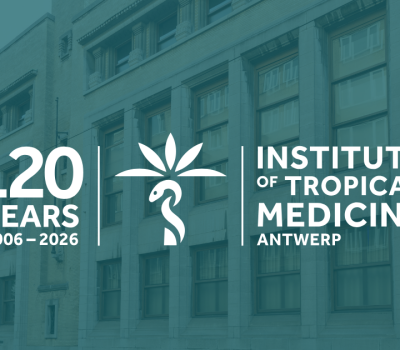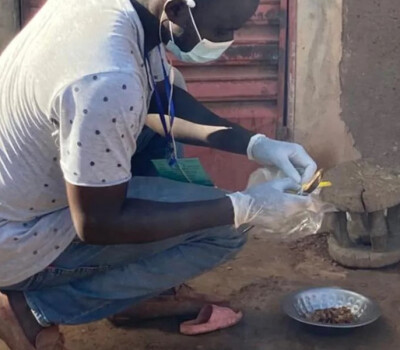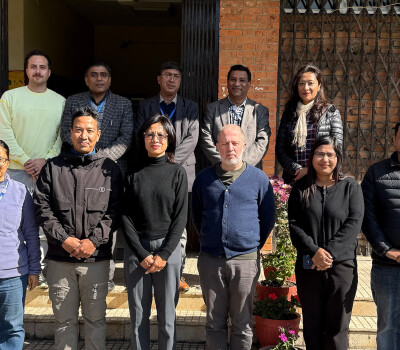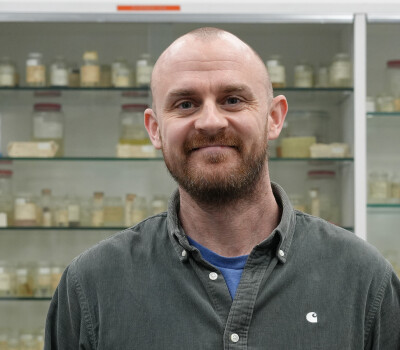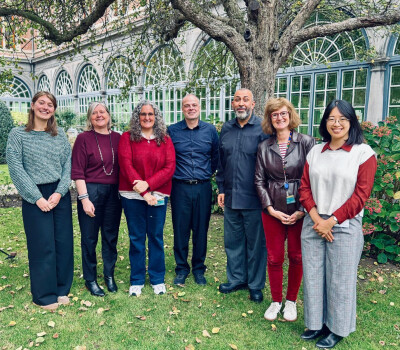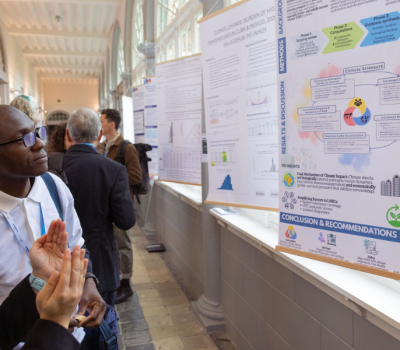New WHO guidelines for treating visceral leishmaniasis in HIV patients

On 8 June, the World Health Organization (WHO) has released its revised guidelines for the treatment of people co-infected with visceral leishmaniasis (VL) and HIV. People living with HIV are 100 to 2300 times more likely to develop VL, a neglected tropical disease (NTD) that is transmitted by the bite of a sandfly and causes fever, weight loss, anaemia and intense fatigue. If left untreated, it is usually fatal.
As of 2021, Leishmania–HIV co-infection has been reported from 45 countries. In Ethiopia, the annual VL infection rate is about 4500, of which 10-20% is co-infected with HIV. HIV-infected people are particularly vulnerable to VL, while VL accelerates HIV's progression to AIDS.
Shorter treatment
The new guidelines, which update the 2010 recommendations, are based on the results of two studies conducted by the Drugs for Neglected Diseases initiative (DNDi), Médecins Sans Frontières (MSF) and their partners in Ethiopia and India. One of these partners was the University of Gondar, which has been a partner institution of ITM since 2014. Dr Ermias Diro, then Associate Professor of Internal Medicine at the University of Gondar and now Assistant Professor at the University of Washington in Seattle, was the principle investigator of the Ethiopian study, and one of the key experts providing specialised input on clinical assessment for the WHO guidelines. “Ethiopia currently has the highest rate of HIV-VL coinfections in the world, so it remains an important public health challenge. The current standard medicines and treatment regimens are less efficient, more toxic and the mortality is higher than what we saw with the new treatment. The efficacy of the new combined regimen increased to 88% from the 55% of the current standard treatment. That is an enormous improvement,” says Dr Diro.
Efficacy is not the only improvement for VL-HIV patients. The new regimen, combining injections of liposomal amphotericin B with oral miltefosine, has less side effects and the treatment duration is shorter. This is crucial for the patient population, who are predominantly young men in their 20s and 30s and often migrant seasonal labourers in agriculture, as their livelihood depends on their ability to work. Leishmaniasis is a disease of poverty and affects the most marginalised communities. Long hospital stays in VL patients result in income loss, with a severe impact on them and their families.
The clinical trial in Ethiopia lasted four years (2014-2017) and it involved 59 patients. It was sponsored by DNDi and was a collaboration between MSF, LSHTM, the University of Gondar, Addis Ababa University and ITM
Risk of relapse
Currently, however, no antileishmanial medicine achieves complete clearance of Leishmania parasites from the body. In areas where HIV and Leishmania are both endemic, people living with HIV are more likely to develop VL, likely due to reactivation of a dormant infection or clinical manifestation after primary infection. The aim of secondary prophylaxis is to avoid or suppress a relapse.
Dr Ermias Diro, who obtained his PhD degree at ITM in Antwerp and the University of Antwerp in 2015, observed a very high relapse rate in his VL-HIV patients in the early 2010s and recognised a clinical gap that needed to be investigated. Together with ITM researchers, ITM’s Clinical Trials Unit as monitoring body, the University of Gondar and other international and local partners, they assessed the use of pentamidine as a possible secondary prophylaxis. The clinical trial, which preceded the trial on the new combination therapy of primary infections, was carried out with 74 patients who were followed up for two and half years (2011-2015). The study concluded that the relapse and mortality rate with pentamidine lowered to 29%, compared to the otherwise staggering 60-70%. “Since the treatment of VL in HIV co-infected patients with repeated regimens of the same medicine may introduce the risk of drug-resistance, using a different drug from the primary treatment is of key importance,” highlights Dr Diro.
As mentioned in the newly published guidelines, WHO conditionally recommends the use of secondary prophylaxis after the first episode of VL in HIV co-infected patients in East Africa, as clinicians and researchers there have more experience in managing patients than in South-East Asia. This study was not a randomised controlled trial. Evidence on secondary prophylaxis remains limited in both East Africa and South-East Asia, and more studies and trials are necessary for identifying the best drug to avoid relapses and establishing criteria for starting and stopping secondary prophylaxis.
Strong partnership
The University of Gondar is located in a part of Ethiopia that is heavily affected by infectious diseases. Its College of Medical and Health Sciences (GCMHS) has been an important partner institution of ITM, in the framework of the capacity building programme between ITM and the Belgian Directorate-general Development Cooperation and Humanitarian Aid (DGD). The aim of the programme is to enhance the research capacity and evidence-based medical practice on tropical and poverty-related diseases in Ethiopia, by collaborating on research, training, monitoring, and provisioning state-of-the-art equipment and infrastructure.
Professor of tropical infectious diseases and Head of ITM’s Department of Clinical Sciences, Johan van Griensven was the coordinating principal investigator on the pentamidine study from ITM: “the current WHO guidelines and the underlying studies are the fruits of a long-standing and very strong collaboration between GCMHS and ITM. The guidelines on the treatment of leishmaniasis and HIV co-infection, which will also be integrated in national guidelines, will enable practitioners to improve their treatment of patients and thus enhance the health of the Ethiopian population.”
About the authors
The two authors of the new guidelines, Dr Temmy Sunyoto from Indonesia and Dr Saurabh Jain from India both obtained their MSc degrees in Public Health from ITM in 2010. In 2019, neglected tropical diseases expert Temmy Sunyoto defended her PhD at ITM and ISGlobal. Her research focused on access to care for leishmaniasis patients in East Africa. Having spent 10 years at MSF, and five at ITM as a researcher, since 2020 she is back at MSF as a Senior Operational Research Advisor.
Temmy Sunyoto believes that “tackling an issue requires collaboration. Developing these guidelines brought together members of research and academia, implementation agencies, and donors. This document is the result of years of hard work.” But having the guidelines is only step one. “It’s crucial to have updated treatment guidelines that are based on the latest evidence. But the control of leishmaniasis is a complex problem. Access to medication is key, and we need to work on ensuring an uninterrupted supply of the much needed medication for the guidelines to be beneficial.”
Spread the word! Share this story on
